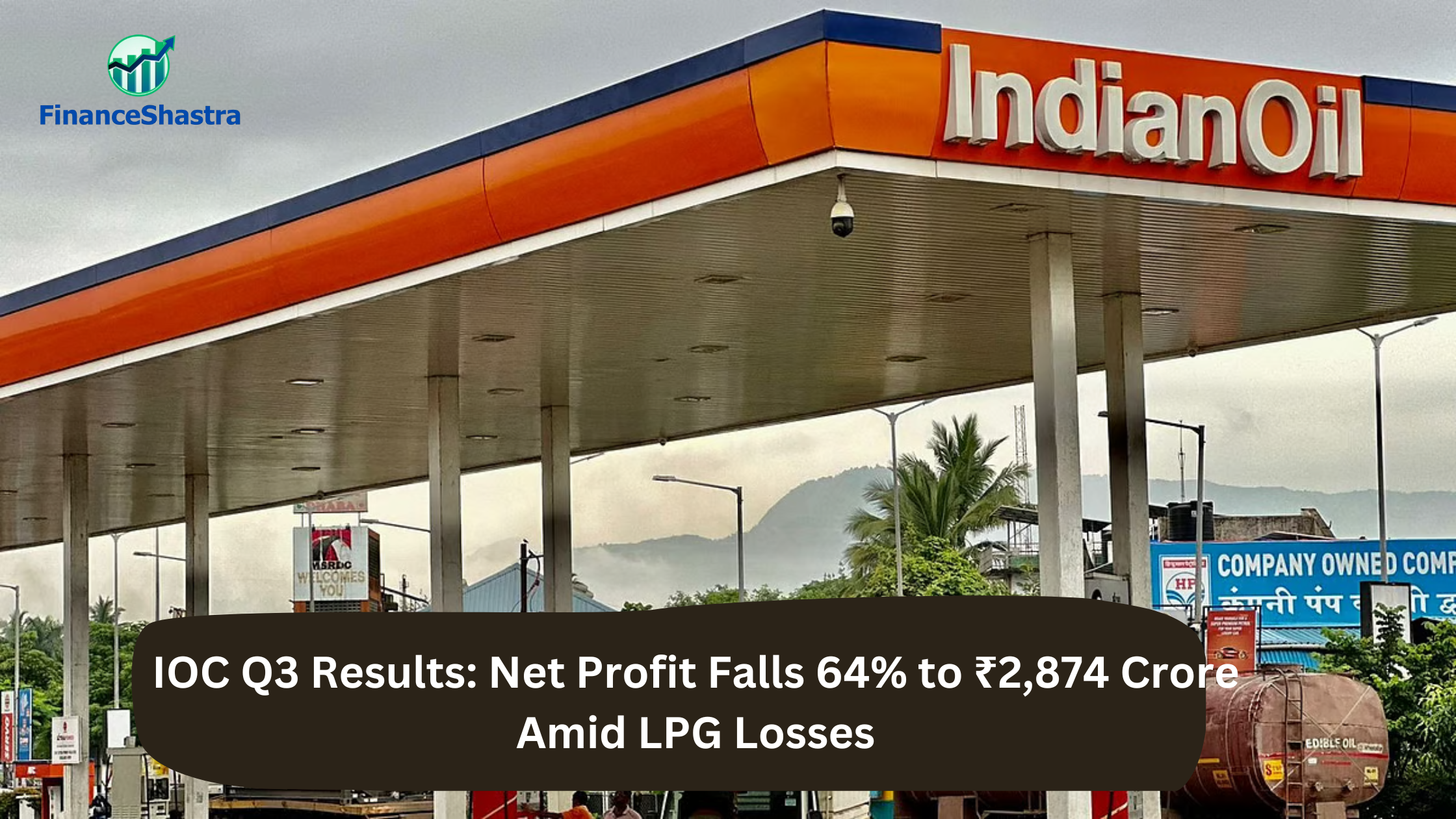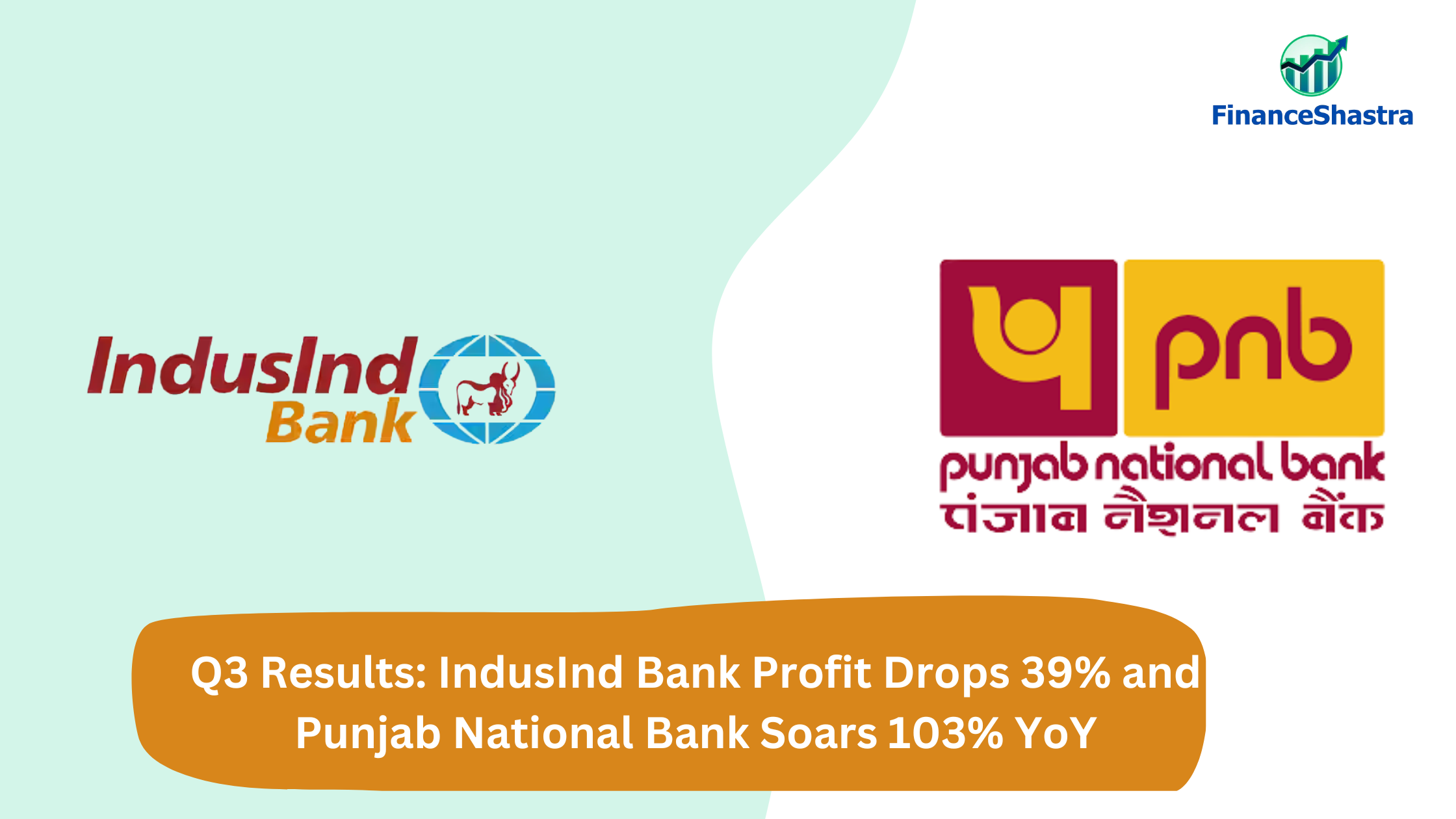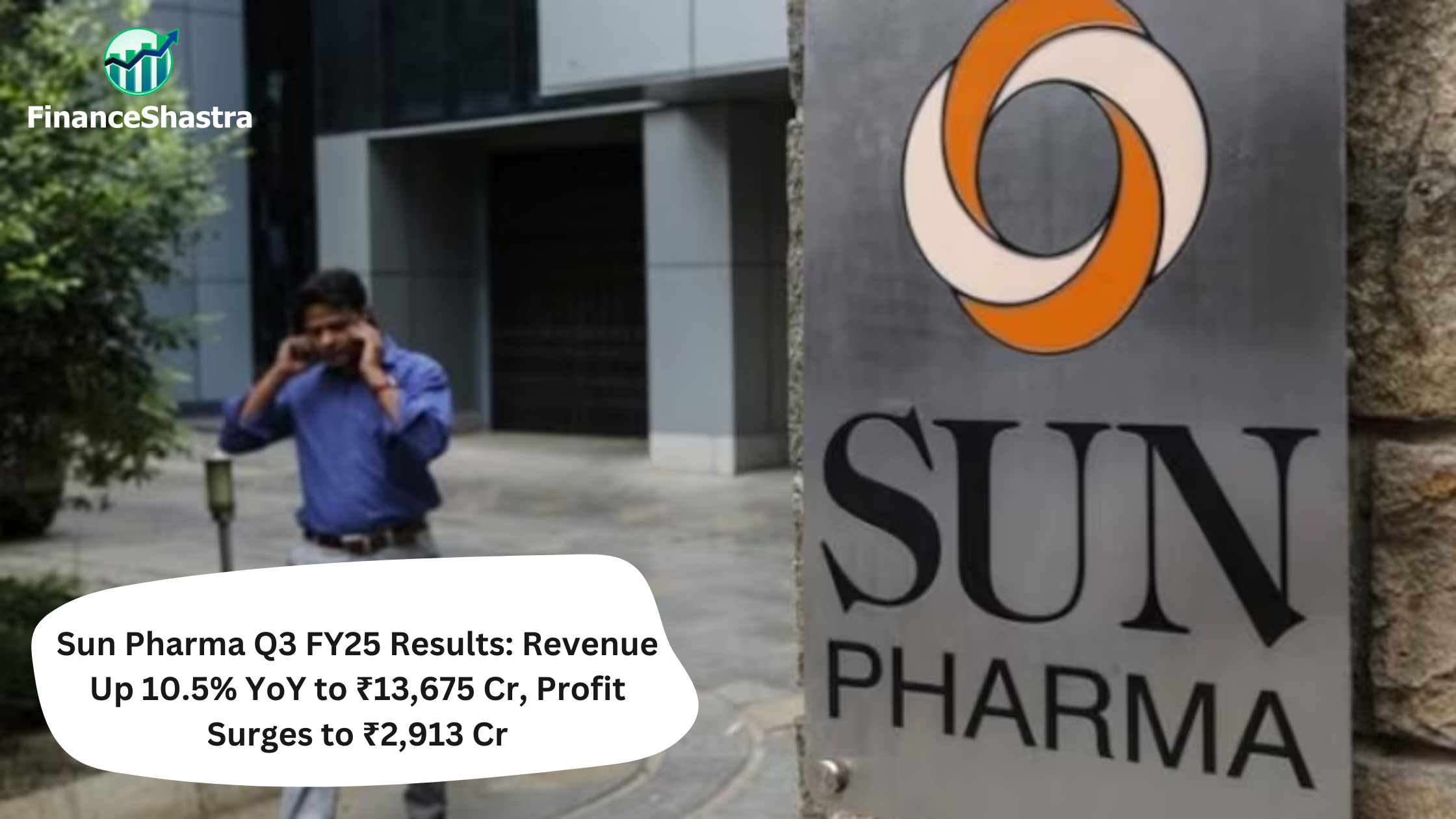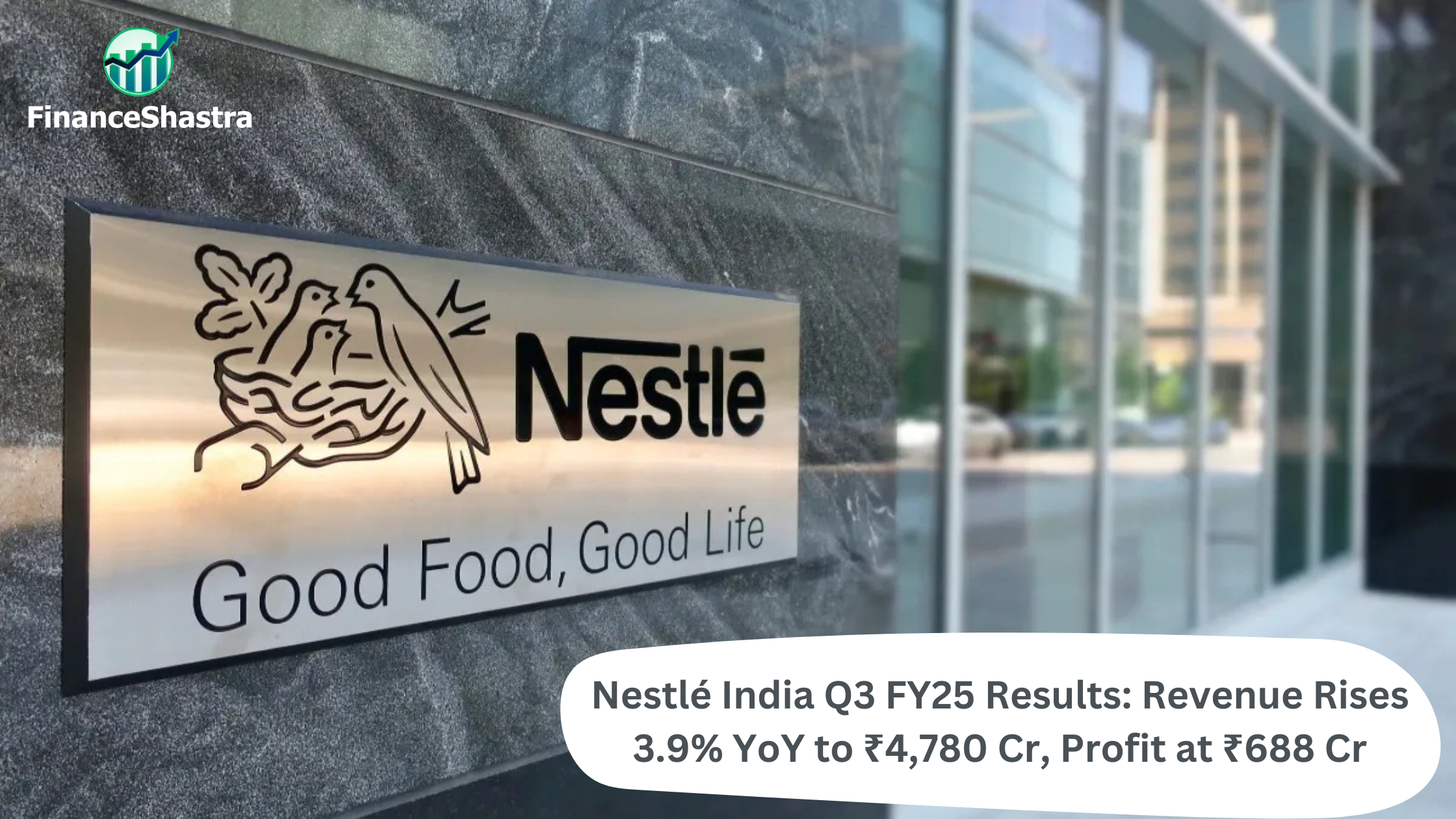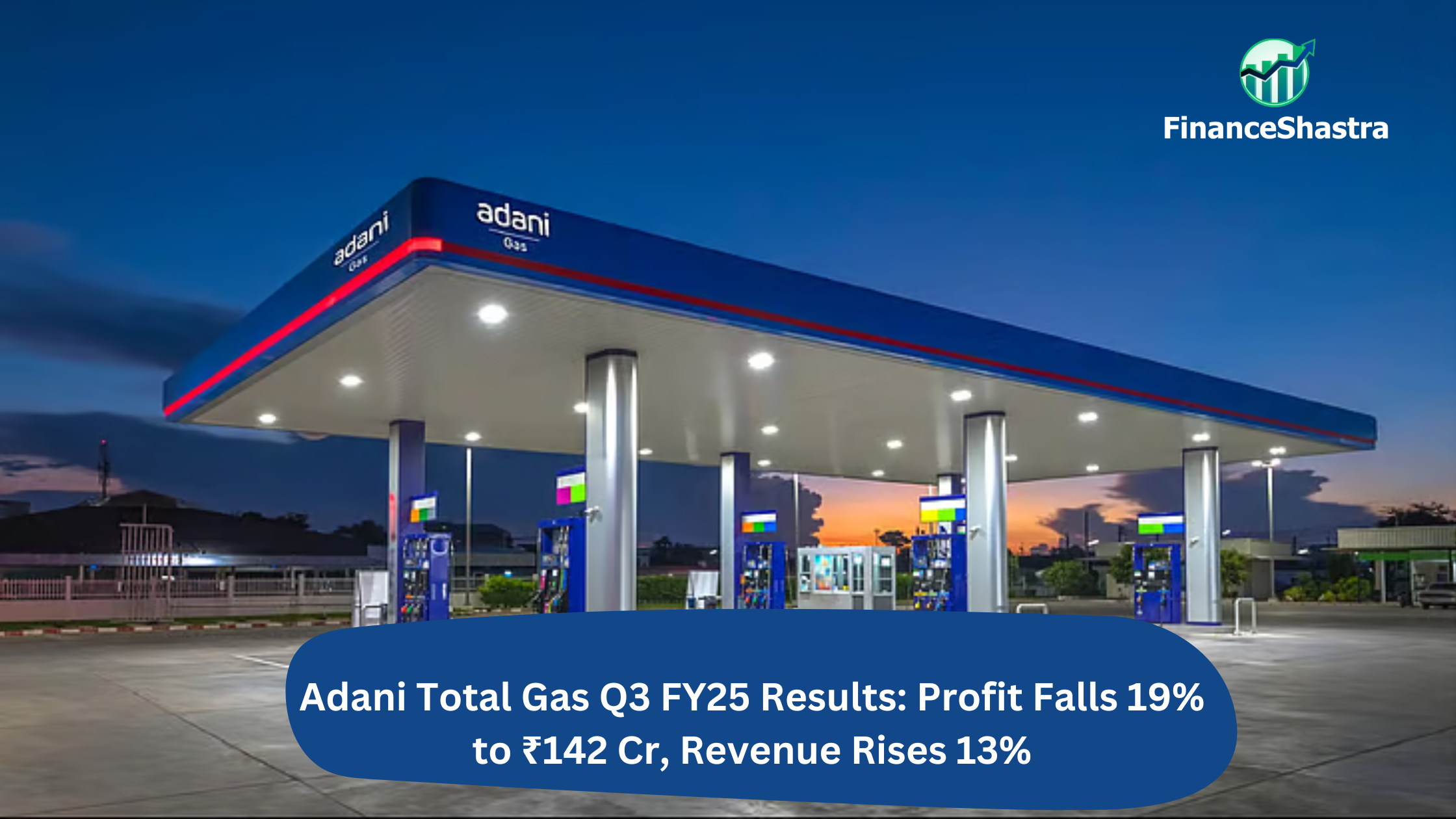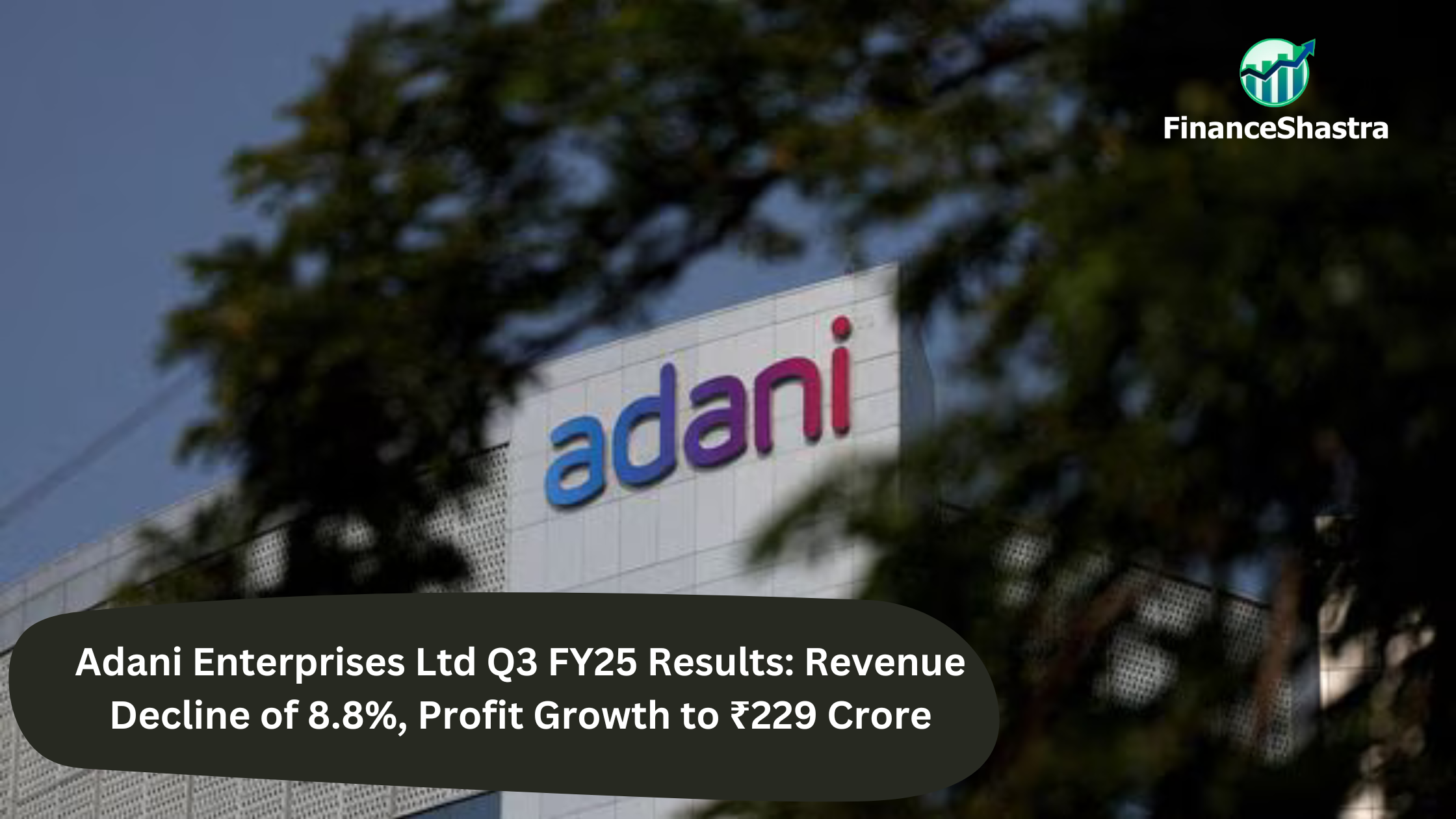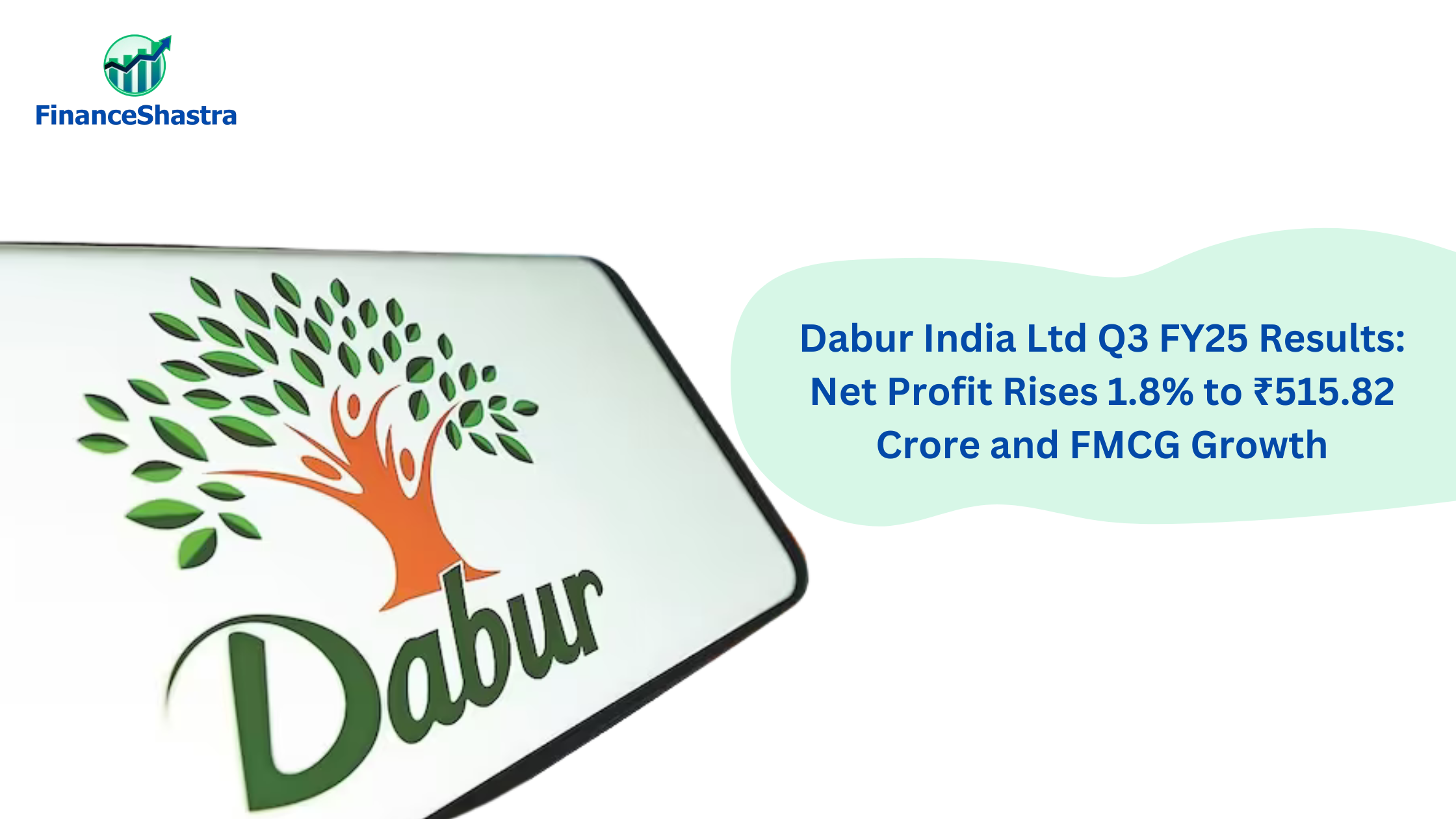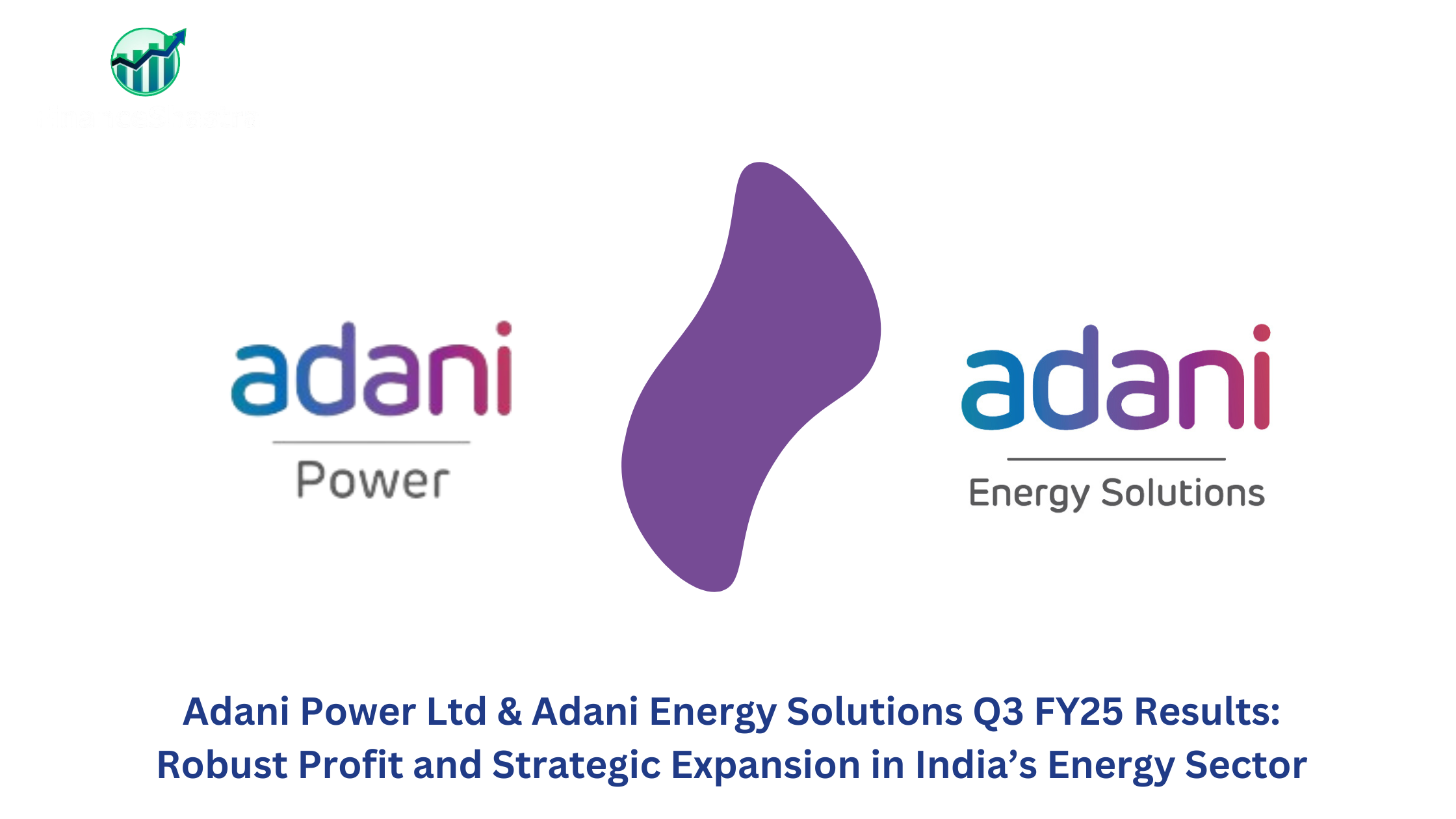IOC Q3 Results: Net Profit Falls 64% to ₹2,874 Crore Amid LPG Losses
Indian Oil Corporation Ltd: Overview
Indian Oil Corporation Ltd. (IOCL) is India’s largest integrated and diversified energy company, engaged in refining, pipeline transportation, petroleum product marketing, natural gas, petrochemicals, and alternative energy sources. The company operates the largest refining capacity in India, with a network of 11 refineries and a combined refining capacity of approximately 80.6 million metric tonnes per annum (MMTPA). IOCL plays a critical role in ensuring energy security for India by supplying fuel across sectors, including automotive, industrial, and aviation. IOCL has a vast pipeline infrastructure of over 17,000 km, transporting crude oil, refined petroleum products, and natural gas across the country. The company is also a major player in the retail fuel segment, with over 34,000 fuel stations and a strong presence in the liquefied petroleum gas (LPG) market. Additionally, IOCL is expanding its footprint in the petrochemical segment, renewable energy, and electric mobility, aligning with India’s sustainability goals. The Indian energy sector is witnessing a transformative shift due to rising fuel demand, advancements in refining technology, and a growing focus on clean energy. The country’s expanding economy and increasing urbanization are expected to drive fuel consumption in the coming years. According to industry estimates, India’s petroleum demand is projected to grow at a compound annual growth rate (CAGR) of around 4% over the next decade. With the government’s push for energy transition, IOCL is investing in biofuels, hydrogen, and electric vehicle charging infrastructure. The renewable energy sector, especially green hydrogen and biofuel blending, presents significant opportunities for IOCL. However, challenges such as global crude oil price volatility, regulatory changes, and competition from private refiners remain key risks for the company.
Latest Stock News
Operating margins are expected to recover significantly, with an improvement to 6.8% in the upcoming quarter compared to the 2.2% reported in Q2 FY25. The Gross Refining Margin (GRM) is projected to rise to $6.20 per barrel, marking a strong recovery from $1.60 per barrel in the previous quarter, although still lower than the $13.50 per barrel recorded in the same period last year. Crude throughput, which represents the volume of crude oil processed, is estimated to increase by 4% to 17.4 million metric tonnes (MMT), up from 16.7 MMT in Q2 FY25. Sales of petroleum products are also expected to show a modest increase of 1%, reaching 22.2 MMT compared to 21.9 MMT in the previous quarter, reflecting stable demand in the market. Investors should closely monitor key factors influencing the earnings performance. Strong margins in auto fuel marketing and refining operations may indicate a positive trend, but challenges persist, particularly in the petrochemical segment, where weak realizations and spreads continue to weigh on profitability. Additionally, higher inventory losses in liquefied petroleum gas (LPG) could negatively impact the company’s overall financial performance. During the second quarter, IOC faced several operational and financial challenges. Revenue declined by 9.8% to ₹1.74 lakh crore, missing market expectations. EBITDA suffered a sharp decline of 56.3%, reaching just ₹3,773 crore, while the operating margin dropped to 2.2%, significantly lower than the 4.5% reported in the previous quarter.
Business Segments
- Refining and Marketing: IOCL is the largest refiner in India, with 11 refineries producing various petroleum products, including petrol, diesel, kerosene, and aviation fuel. The company operates an extensive marketing network, including retail outlets, LPG distribution, and industrial fuel supply. IOCL has also introduced premium fuel products under the XP100 and XtraGreen brands.
- Pipelines: IOCL manages one of the world’s largest oil and gas pipeline networks, ensuring efficient transportation of crude oil, petroleum products, and natural gas. The company’s pipeline infrastructure enhances operational efficiency and reduces transportation costs.
- Petrochemicals: The petrochemicals division is a key growth area for IOCL, with products including polypropylene, polyethylene, and synthetic rubbers. The company has established large petrochemical plants, such as those at Panipat and Paradip, to cater to domestic and international markets.
- Natural Gas: IOCL is expanding its presence in the natural gas sector through city gas distribution (CGD), LNG imports, and pipeline-based natural gas supply. The company is a key player in India’s growing CGD network, aiming to support cleaner energy consumption.
- Alternative Energy and Sustainability Initiatives: IOCL is actively investing in green energy initiatives, including biofuels, hydrogen production, solar and wind energy, and electric vehicle (EV) charging infrastructure. The company is also exploring carbon capture technologies and sustainability-focused projects to reduce its environmental footprint.
Subsidiary Information
- Chennai Petroleum Corporation Ltd. (CPCL): Chennai Petroleum Corporation Ltd. (CPCL) is a significant refining subsidiary of Indian Oil Corporation Ltd. (IOCL), operating two refineries located in Tamil Nadu with a total refining capacity of 11.5 million metric tonnes per annum (MMTPA). The company plays a critical role in catering to the growing fuel demand of South India by ensuring a steady supply of petroleum products.
- Indian Oil LNG Pvt Ltd: Indian Oil LNG Pvt Ltd. is a key subsidiary focusing on the import, storage, and distribution of liquefied natural gas (LNG) to meet India’s growing energy needs. The company operates the Ennore LNG terminal, which is strategically located to provide a stable supply of LNG to various industries, power plants, and city gas distribution networks.
- Indian Oil Tanking Ltd: Indian Oil Tanking Ltd. is a joint venture between IOCL and Oiltanking GmbH, a global leader in petroleum storage logistics. This subsidiary specializes in handling, storing, and transporting petroleum products efficiently, ensuring seamless fuel distribution across the country.
- IndOil Montney Ltd: IndOil Montney Ltd. is an international subsidiary that focuses on the exploration, development, and production of oil and gas assets in Canada. This subsidiary helps expand IOCL’s global footprint in the energy sector by acquiring and managing valuable hydrocarbon reserves.
Q3 FY25 Earnings
- Revenue of ₹194014 crore in Q3 FY25 down by 2.95% YoY from ₹199906 crore in Q3 FY24.
- EBITDA of ₹7573 crore in this quarter at a margin of 4% compared to 8% in Q3 FY24.
- Profit of ₹2147 crore in this quarter compared to a ₹9225 crore profit in Q3 FY24.
Financial Summary
| Amount in ₹ Cr | Q3 FY24 | Q3 FY25 | FY23 | FY24 |
| Revenue | 199906 | 194014 | 841756 | 776352 |
| Expenses | 183172 | 186442 | 811073 | 700706 |
| EBITDA | 16733 | 7573 | 30683 | 75636 |
| OPM | 8% | 4% | 4% | 10% |
| Other Income | 1916 | 1936 | 5124 | 5389 |
| Net Profit | 9225 | 2147 | 11704 | 43161 |
| NPM | 4.6% | 1.1% | 1.4% | 5.6% |
| EPS | 6.4 | 1.5 | 6.9 | 29.6 |

